
The agency cited Morton Grove Pharmaceuticals for inadequate quality control procedures.

The agency cited Morton Grove Pharmaceuticals for inadequate quality control procedures.
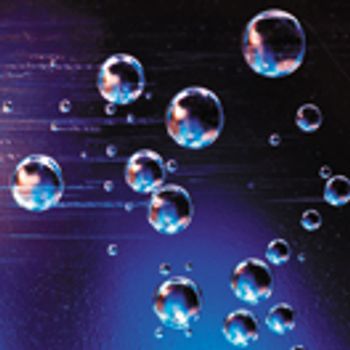
The decision to use disposable bioreactors is now driven by commercial rather than technological considerations.
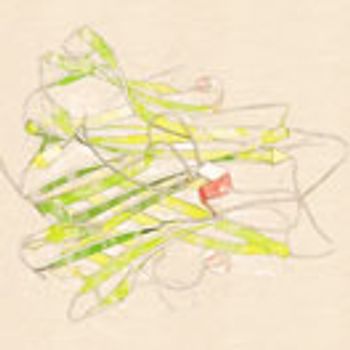
Manufacturing for originator molecules is restricted by regulations, but drug makers can exploit newer technologies for the manufacture of biosimilars.

Although best practices are key, advances in integrated informatics platforms and automation can make it easier to ensure data integrity and improve overall laboratory efficiency.
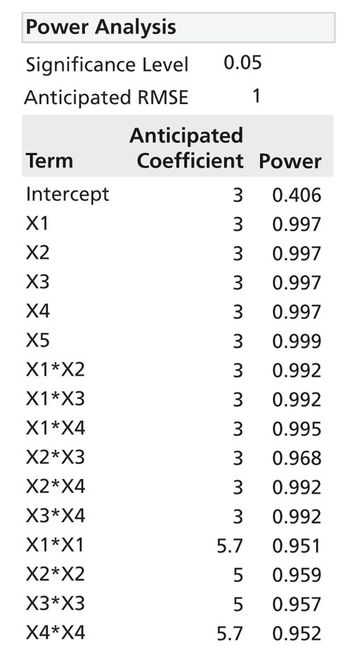
Process characterization and model building are essential skills and are required for modern drug development.
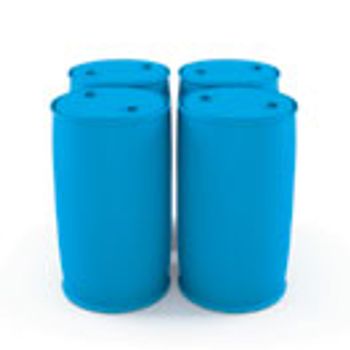
A multi-pronged approach to raw materials testing can help mitigate the risk of future contamination events.
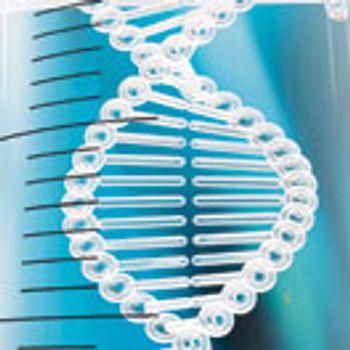
Despite limitations, mass spec is having an impact on biologic drug development and manufacturing.
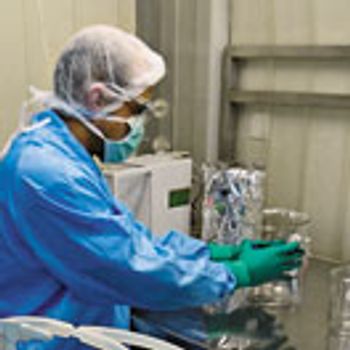
Extraction studies demonstrate approaches for evaluating single-use bio-pharmaceutical manufacturing materials.
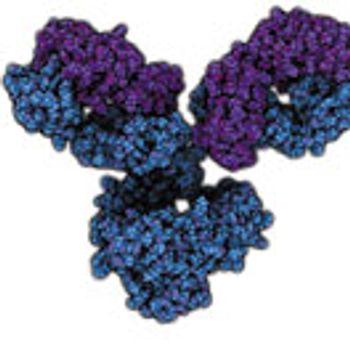
The objective of this study was to assess the impact of manufacturing-scale, freeze-thaw conditions on aggregation and subvisible particle formation of a monoclonal antibody solution (mAb-A; IgG1) using a small-scale model.

PAT, quality by design, process controls, and analytical advances for small- and large-molecule drugs are on agenda for IFPAC 2017.

The company released the Biopharma Compass 2.0 software, which automates workflows for high-resolution mass spectrometry.
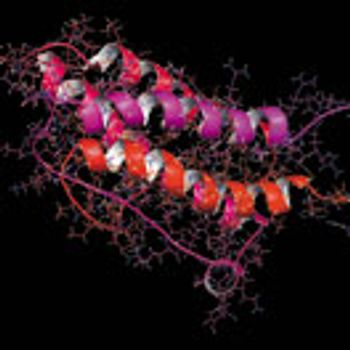
Isothermal titration calorimetry and differential scanning calorimetry are valuable tools that can help accelerate drug development.
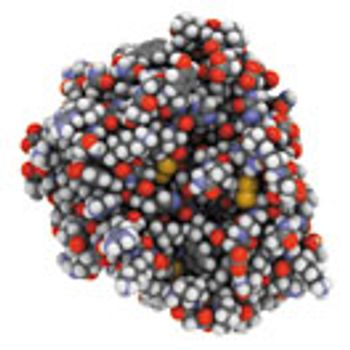
This study aims at understanding the differences between porcine and bovine trypsin from both pancreatic and recombinant origins.
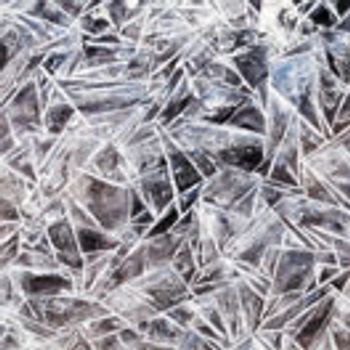
This report describes the first known attempt at quantifying the success of such processes in inducing nucleation on a 56–m2 freeze dryer operating at a load of 195,960 vials.
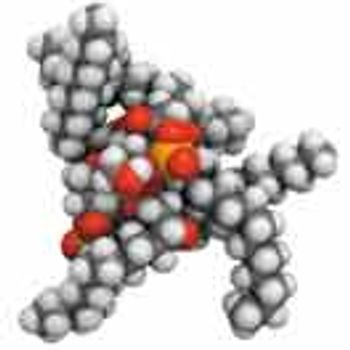
Understanding of endotoxin assays and a range of detection technologies are essential for effective testing.
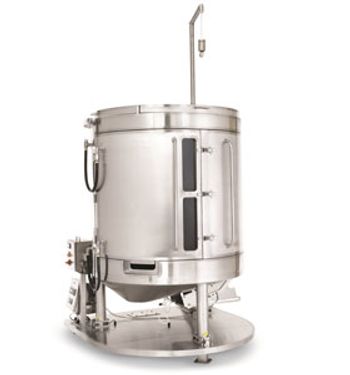
EMD Millipore’s Mobius Power MIX 2000 can mix buffers, culture media powders, and other challenging materials.

The new Boston laboratory offers advanced analytical testing services.

Dedicated facility will address enhanced regulation of metals and impurities in pharmaceuticals.

New data analytics tools help solve complex problems in a biotherapeutic development process.
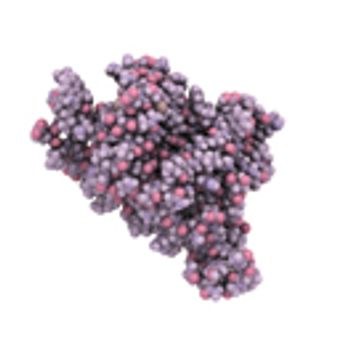
To investigate the best culture conditions, the authors used response surface methodology via Box-Behnken design.
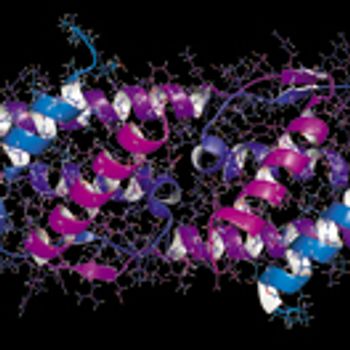
The development of mAb formulations poses challenges at the manufacturing, stability, analytical, and administration levels.

Interactions between biologic drug products and the components of prefilled syringes can cause protein aggregation, but there are alternative materials that can help mitigate this problem.

BioPharm International spoke with Trevor Marshall, director of enterprise systems integration at Zenith Technologies about automating processes in upstream processing.

The new guidelines will address bioanalytical method validation and biopharmaceutics classification system-based biowaivers.
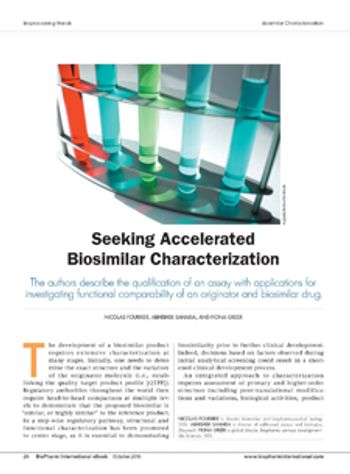
The authors describe the qualification of an assay with applications for investigating functional comparability of an originator and biosimilar drug.